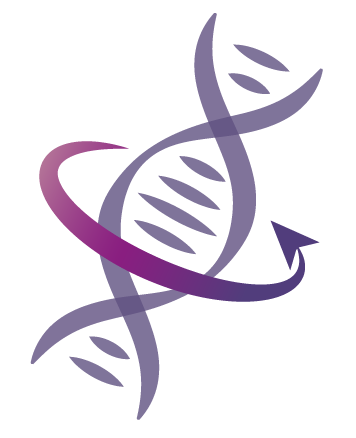No, “HIV insertions” were not identified in the 2019 coronavirus, contrary to claims based on questionable bioinformatics study
The claim is based on a study which compared extremely short gene and protein sequences between the 2019 novel coronavirus and HIV, a practice likely to give false positives. The study’s authors also overlooked checking for potential similarities between 2019-nCoV and other organisms. As it turned out, similar regions could also be found in many other organisms, not just HIV, meaning that these similarities are not unique to 2019-nCoV and HIV.
